TECH REVIEW – The Asus ROG Ally X stands as one of the most powerful handheld gaming consoles available, easily outpacing the Steam Deck and Nintendo Switch in terms of raw performance. However, this extra horsepower comes at a steep price, and the experience is still marred by the persistent frustrations of using Windows 11 in a portable format.
At first glance, the ROG Ally X looks almost identical to its predecessor, except now it’s decked out in sleek black. There are some subtle tweaks, though: more comfortable, rounded grips, slightly raised ABXY buttons, and an eight-way D-pad that handles diagonal inputs better. But if you don’t pay close attention, these changes might fly under the radar.
Under the hood, though, Asus has made some significant upgrades. The most notable is the battery. While the original ROG Ally featured a 40 Wh battery similar to the Steam Deck’s, the new ROG Ally X packs an enormous 80 Wh battery. This is even bigger than the battery in the Asus Zephyrus G14 gaming laptop, which I loved for its long battery life. Remarkably, despite this upgrade, the Ally X only gains about 70 grams in weight.
Asus has also expanded the storage—a 1TB SSD replaces the previous 512GB—and added 8GB more DDR5 RAM. The XG Mobile port, which was mainly useful for Asus’s external GPUs, has been swapped for a USB4 port capable of speeds up to 40 Gbps, making it perfect for connecting to external docks. But specs alone don’t tell the whole story.
The Unyielding Windows Barrier
Windows just isn’t made for handheld devices. That’s an unavoidable reality. Microsoft expects its operating system to be used with a mouse and keyboard, or at the very least, a large touchscreen. Navigating the OS with a controller is perpetually frustrating. No matter how hard I tried, I couldn’t get past the basic challenge of interacting with on-screen elements.
A prime example is the Xbox app. Asus has made commendable strides with its Armoury Crate SE app, designed to unify all your gaming libraries. Armoury Crate launches at startup, with a dedicated button beside the right control stick to open it whenever you need it. It also includes shortcuts to apps like Steam (which launches in the controller-friendly Big Picture mode) and Xbox, so you can access all your games.
Microsoft even introduced a new Compact Mode for the Xbox app to better suit smaller screens. But it still struggles with navigation. Using the D-pad to browse my library, the up and down buttons sometimes shift my cursor across the grid of apps, while other times they function like a scroll wheel. To ensure it wasn’t just me, I handed the Ally X to my partner, asking them to perform a simple task like selecting the visible “Minecraft” shortcut. After a few seconds of button pressing, they gave up in frustration and resorted to the touchscreen.
It’s tempting to say that this is just the nature of running Windows on a handheld, and that Asus shouldn’t be blamed. The company is doing its best. I was able to launch Steam games more easily than on the original Ally, and the Armoury Crate app is far more reliable than before.
But it’s still important to note: Don’t buy the ROG Ally X unless you’re willing to wrestle with Windows. I found myself swiping on the touchscreen to switch apps on the too-small taskbar. I had to hit tiny touch targets to close pop-ups that got in the way. And that intrusive low-battery warning that Windows uses to interrupt your game? It’s still here. These are just a few of the frustrating quirks that Asus simply can’t fix as long as Microsoft is designing the OS.
Not Quite a Duracell Bunny, But Close
Windows UI issues can be annoying, but they’re only occasional. Once you’re in a game—assuming it has good controller support—you can play for hours without needing to interact with Windows at all. The Ally X’s massive battery makes this possible.
The 80 Wh battery is larger than some gaming laptops and it shows. The original Ally barely lasted more than an hour in Doom Eternal. The Ally X, on the other hand, nearly hit three hours. Less graphically demanding games like Hades II lasted longer, though not as much as I’d hoped.
On my Steam Deck OLED, I could play Hades II for nearly 6 hours before needing a charge. The ROG Ally X managed closer to three and a half hours, though it’s worth noting that the Ally X has a 120 Hz refresh rate compared to the Steam Deck OLED’s 90 Hz. Pushing out 33% more frames per second naturally drains more battery, but for a game like Hades II where timing is critical, I was happy to make that trade-off.
In my opinion, the battery life has now crossed into “acceptable” territory. It still can’t compete with the Switch or Steam Deck, which have more mobile-centric operating systems and years of optimization to make games run as efficiently as possible. But at least you can now play the ROG Ally X for longer than the duration of a Marvel movie before it dies.
And What About Gaming?
When it comes to gaming performance, the ROG Ally X delivers mixed results. I revisited the most problematic games from my Steam Deck experience in terms of performance and gameplay, including titles like Baldur’s Gate 3, Starfield, Borderlands 3, Devil May Cry 5, Ghost of Tsushima, The Last of Us Part I, Black Myth Wukong, and Resident Evil 4.
The ergonomic layout of the buttons and the console’s general comfort level was consistent across all games I tested. While it may not feel as comfortable as the Steam Deck, it comes close enough that it doesn’t detract from the overall experience—unlike the bulky, cumbersome Lenovo Legion Go.
However, where the ROG Ally X is expected to excel—raw performance—some games impressed, while others underwhelmed. Titles like The Last of Us Part I and Resident Evil 4, which struggled on the Steam Deck, ran surprisingly well on the Ally X. The Last of Us Part I was a particularly pleasant surprise, finally delivering a handheld experience at Medium/High settings with a stable 30-40 fps. Resident Evil 4 also performed well, even with Ray Tracing enabled, maintaining a smooth 30-40 fps with only occasional dips below 30. Devil May Cry 5, which held a steady 60 fps on the Steam Deck, dropped to around 50 fps on the Ally X, but the difference isn’t noticeable on a screen this size.
On the other hand, Baldur’s Gate 3 and Starfield performed just as poorly as they did on the Steam Deck, frequently dipping below 30 fps even at medium settings, and sometimes dropping below 20 fps. The recently released Black Myth Wukong ran slightly better at medium settings, but I still encountered frame rate drops and occasional severe lag.
Overall, while the Asus ROG Ally X is theoretically the most powerful handheld console, it didn’t quite deliver the jaw-dropping hardware prowess I expected during gameplay.
Better than ROG Ally, but not quite in the Steam Deck ally
I’m still on the fence about whether to outright recommend the ROG Ally X. But at least now, it depends on who’s asking. If you’re a parent looking for a handheld console for your kid—or if you want one for yourself to unwind with a game after work without too much hassle—this might not be the best choice.
However, if you’re comfortable tinkering with settings and can tolerate some quirks in the user interface, the ROG Ally X can offer a better experience (in some ways) than other handhelds on the market. Once I got into the game, Hades II felt much more enjoyable on the Ally X’s 120 Hz display compared to the Steam Deck OLED. I had to reach for the charger more often, but at least I didn’t feel tethered to the wall all the time.
Asus is genuinely putting in the effort to make its handhelds the best they can be. There are some issues that only Microsoft can fix, and it may take years for that to happen. But if you want a handheld that can play all your games—not just those on Steam—the ROG Ally X is one of the best options out there. Just be ready for a few frustrations.
-Gergely Herpai (BadSector)-
Pro:
+ Huge battery
+ 120 Hz display
+ Expanded storage and RAM
Cons:
– Difficult handling of Windows
– High price
– Shorter battery life than competitors
Asus ROG Ally X
Design - 7.2
Display - 7.6
Software - 3.2
Battery Life - 8.2
Value for Money - 6.8
6.6
FAIR
The Asus ROG Ally X is an incredibly powerful handheld console that impresses with its performance, but the experience is still hampered by the limitations of Windows 11 in a portable format. The long battery life and 120 Hz display offer a great gaming experience, but it's best suited for those who don't mind dealing with the frustrations Windows can bring.

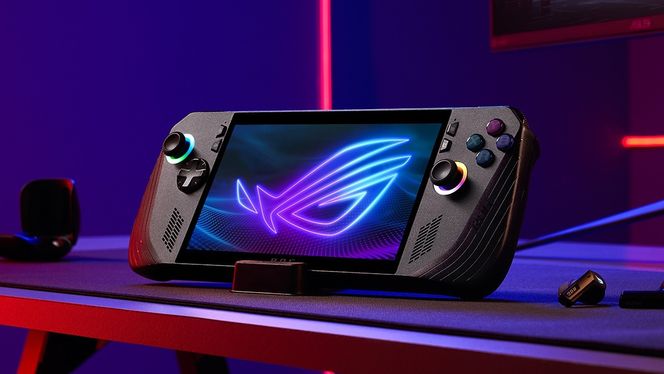
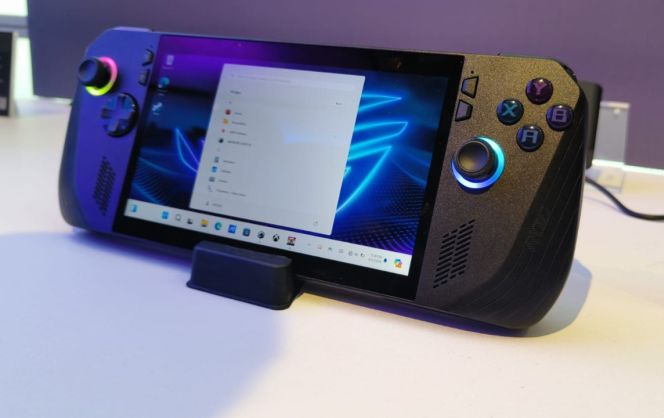
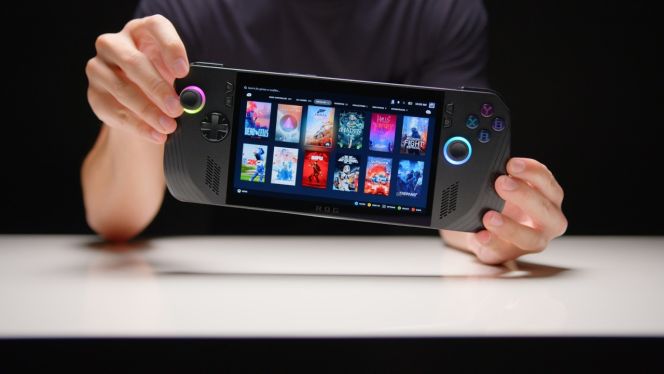
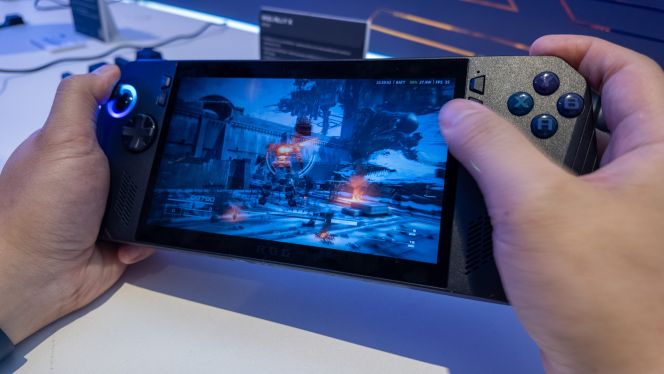

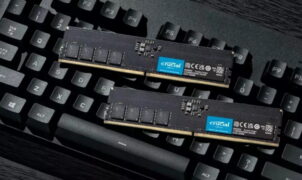











Leave a Reply